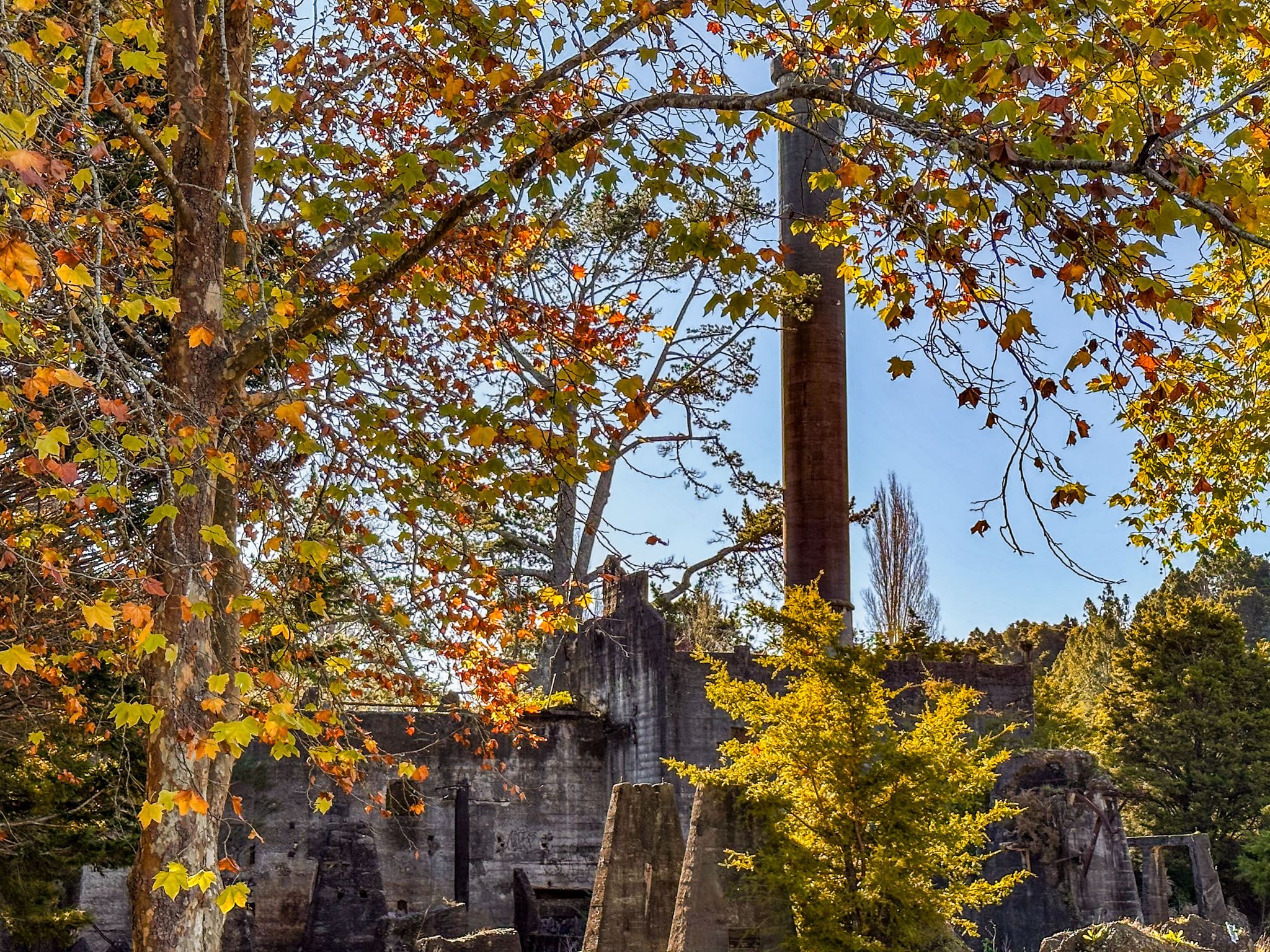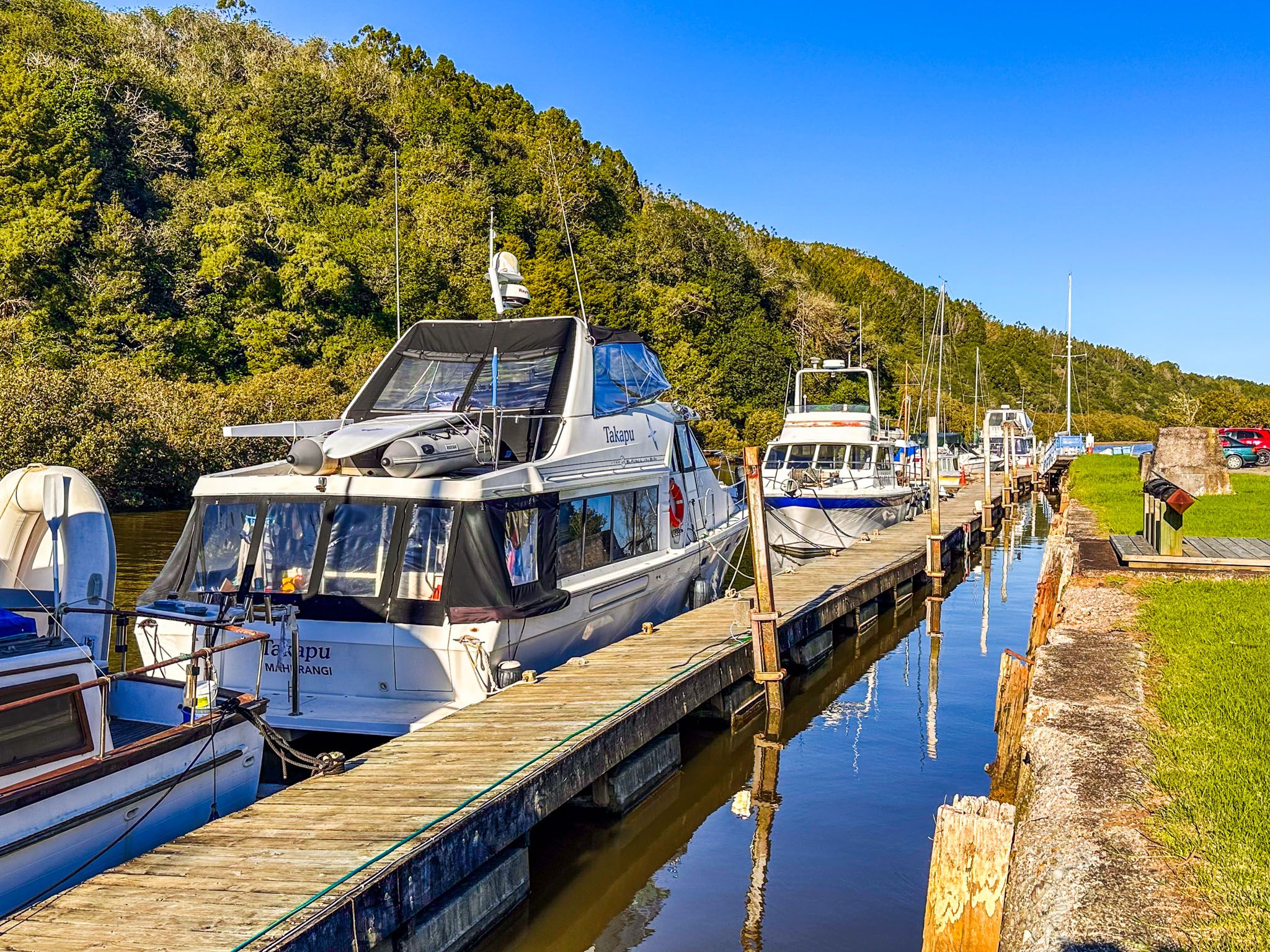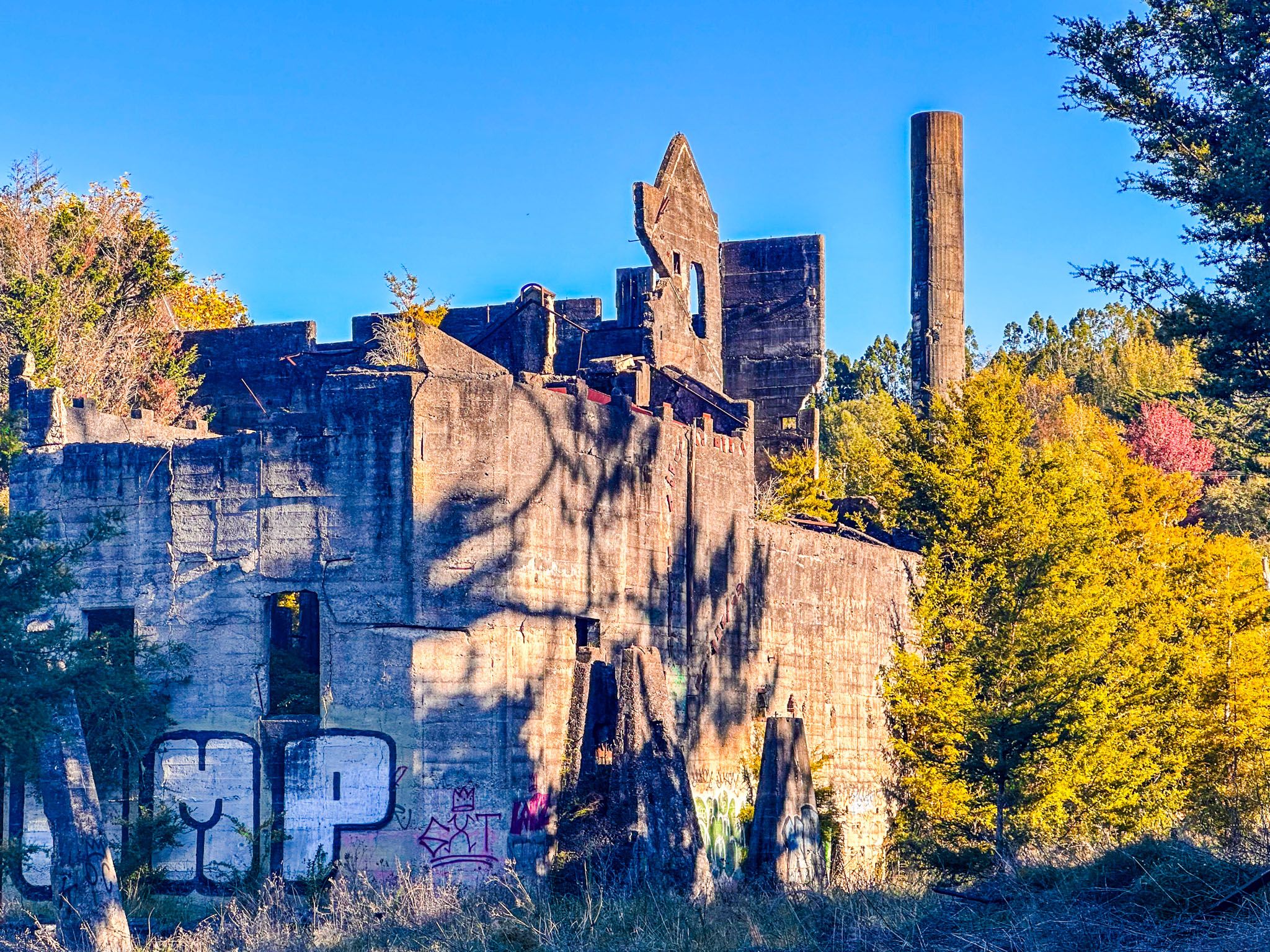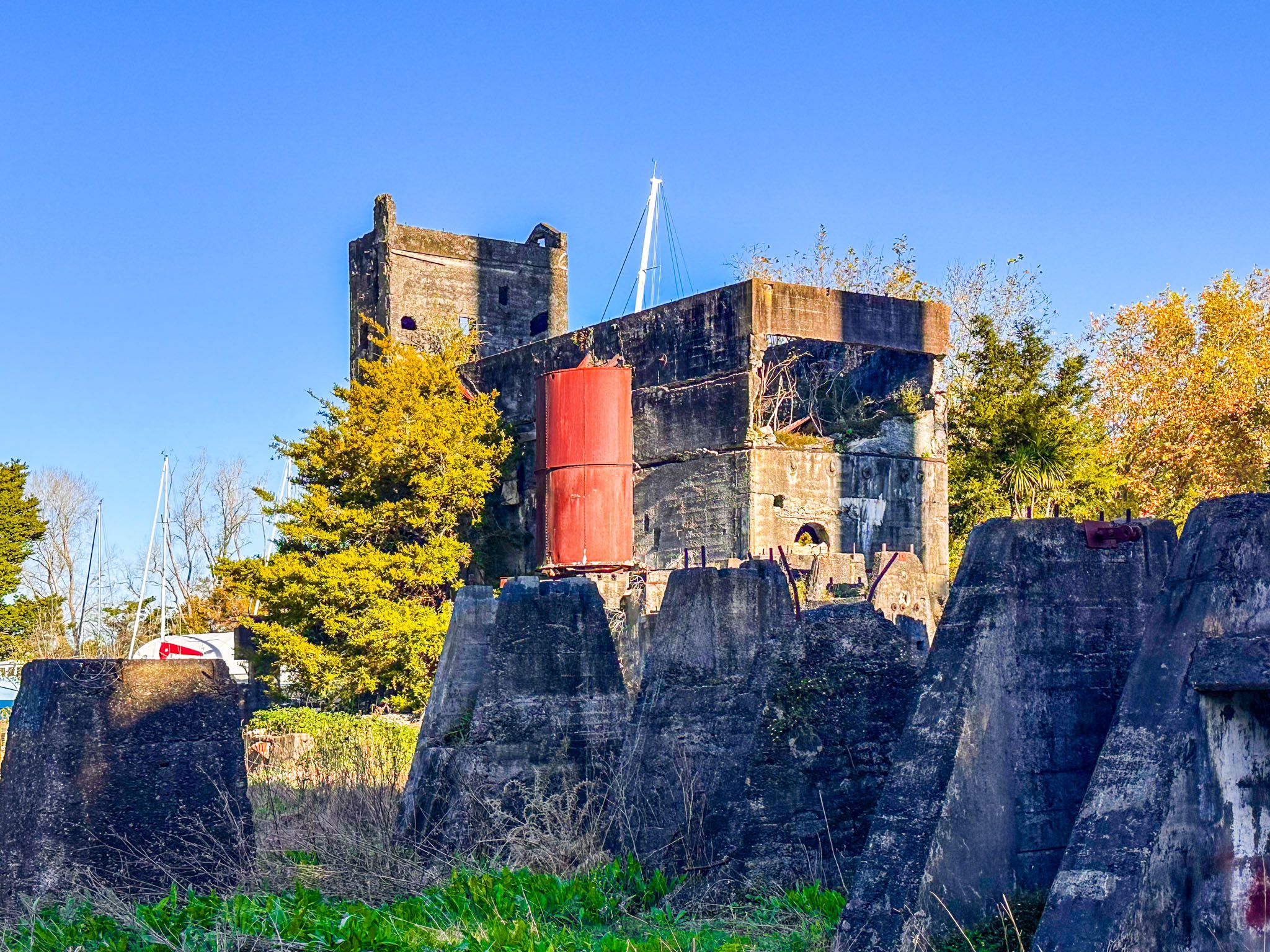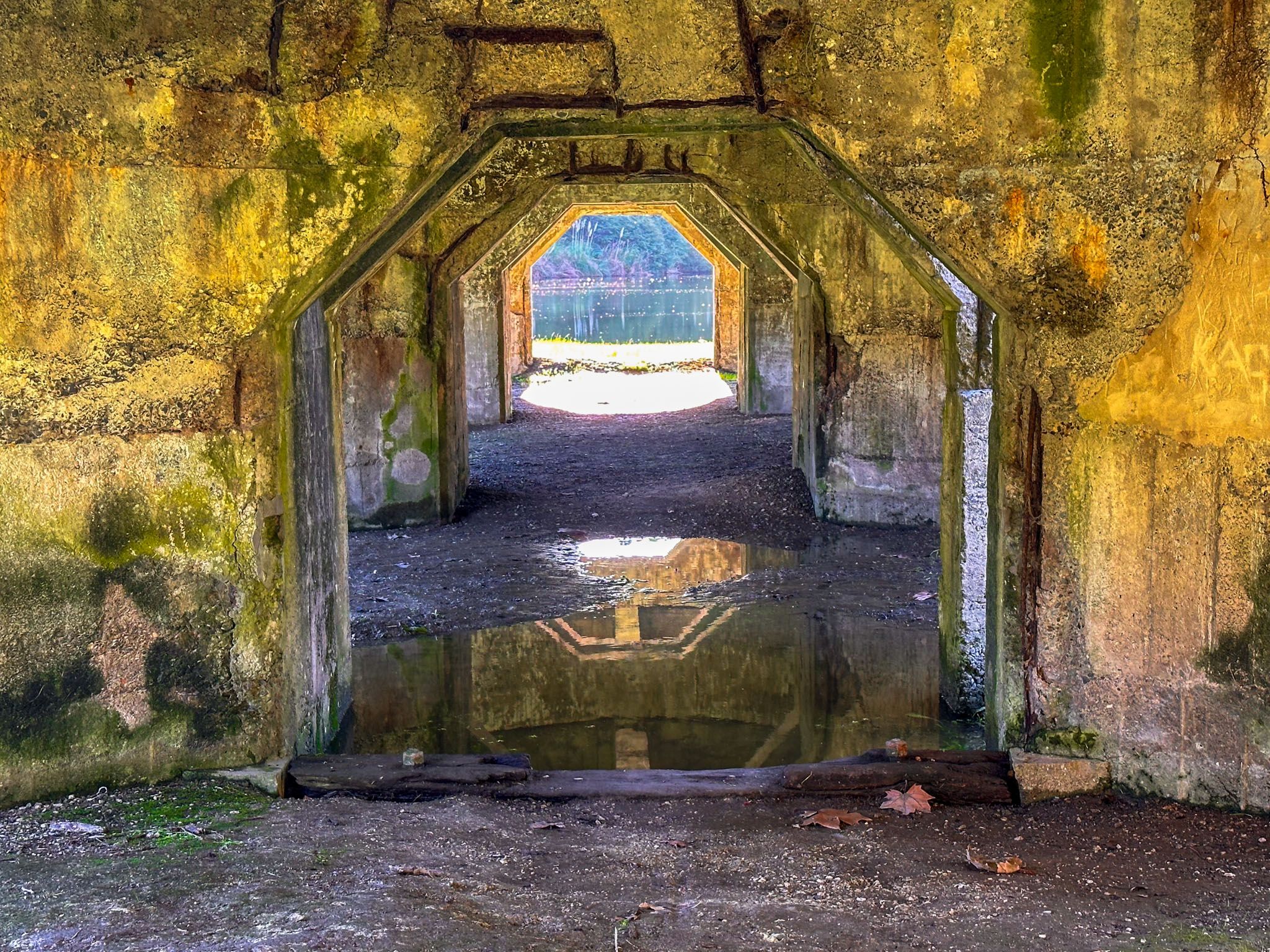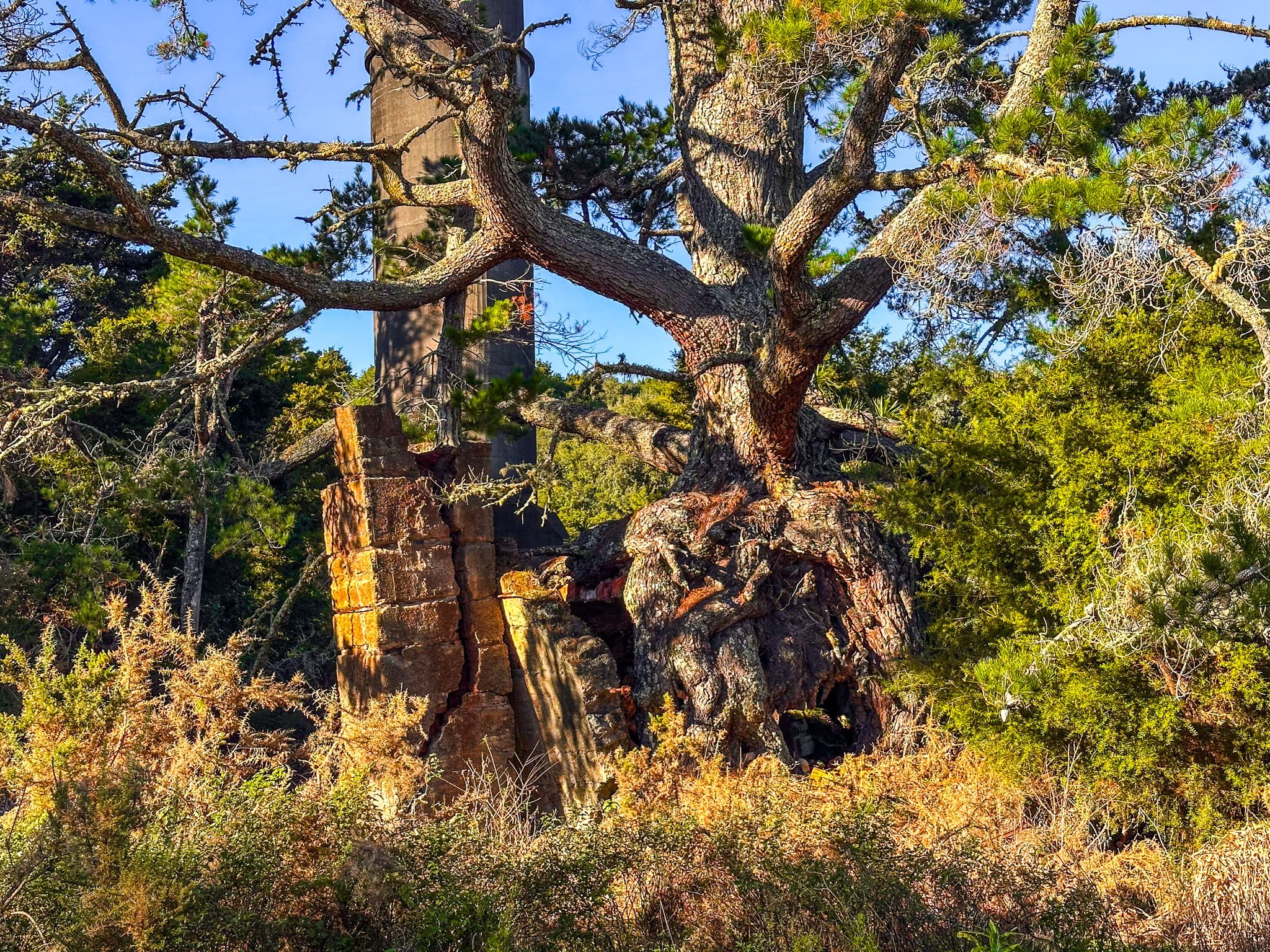Exploring the Historic Wilsons Cement Works Ruins
Located on the east side of Warkworth in the Mahurangi region of the Matakana Coast in Auckland, the Wilsons Cement Works ruins are a rare glimpse into New Zealand's industrial past. This site is significant as it was the first factory in Australasia, and possibly the Southern Hemisphere, to produce Portland cement commercially.
A Walk Through History
From the car park, a short walk through a grove of deciduous trees brings you to the fenced ruins. The site is bordered by a water-filled limestone quarry to the southwest and the Mahurangi River to the north, where the Mahurangi Marina is located. Informative panels detailing the history of the cement works can be found near the marina.
The ruins, gradually being reclaimed by nature, can be explored in about 15 minutes. An exotic pine tree stands next to the largest chimney, adding to the site's curiosities. A grassy reserve with picnic tables lies between the ruins and the quarry. Although some sources suggest swimming in the quarry, in situ water quality warnings advise against it. Instead, you can enjoy the view and take photographs.
A Legacy of Innovation
The Wilsons Cement Works dates back to the 1880s. Before its establishment, hydraulic lime was produced on the site by John Southgate in the early 1850s. By 1857, the site featured a lime kiln, a hut, and a jetty, owned by Walter Combes and William Crush Daldy.
In 1869, Nathaniel Wilson acquired the property and, inspired by Henry Reid’s book, "Science and Art of the Manufacture of Portland Cement", he and his brothers began producing Portland cement. Initially, production faced challenges due to limestone variability, but quality improved by adding Clevedon shells to increase lime content. The demand for cement surged in the late 1800s, leading to the expansion of the works in 1893.
The plant expanded further with the addition of a 42-metre reinforced concrete chimney in 1916. After World War I, the company merged with three others, and cement production was relocated to Whangārei in 1924. The Warkworth plant closed in 1930, and most of the land was sold. In 2003, the site became public property and is now registered as a historic site with Heritage New Zealand.
Notable Achievement
One of the most significant projects using Wilson’s cement was Auckland's Grafton Bridge, completed in 1910. At the time, it boasted the longest single concrete span in the world.
How to Get There
To visit the Wilsons Cement Works ruins, start from Warkworth town centre and follow Church Hill to Percy Street. Turn southeast onto Pulham Road and continue for approximately 1 km before taking the gravel Wilson Road to the car park. The ruins are a short walk from there.
Other nearby activities include visits to Parry Kauri Park, Mahurangi Regional Park and Snells Beach.


